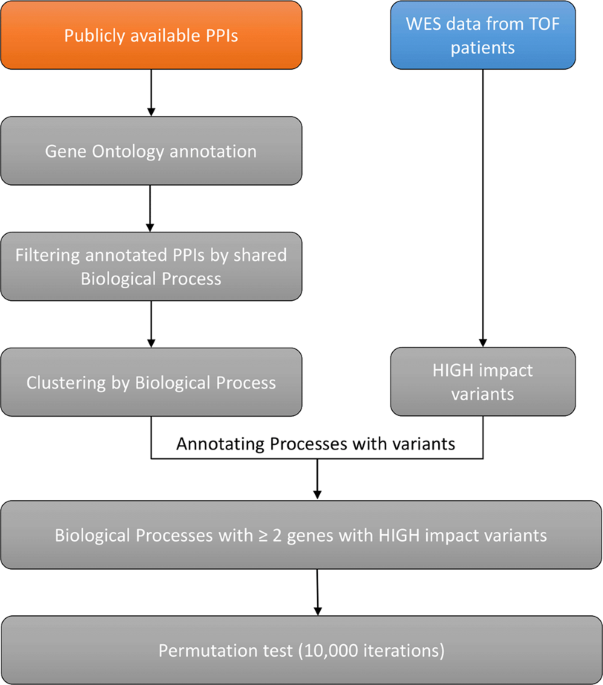The term free-tongue is defined as the length of tongue from the insertion of the lingual frenum into the base of the tongue to the tip of the tongue. Clinically acceptable, normal range of free tongue is greater than 16 mm.
The ankyloglossia can be classified into 4 classes based on Kotlow's assessment as follows;
Class I: Mild ankyloglossia: 12 to 16 mm,
Class II: Moderate ankyloglossia: 8 to 11 mm,
Class III: Severe ankyloglossia: 3 to 7 mm,
Class IV: Complete ankyloglossia: Less than 3 mm.2
Class III and IV tongue-tie category should be given special consideration because they severely restrict the tongue's movement. A normal range of motion of the tongue is indicated by the following criteria: The tip of the tongue should be able to protrude outside the mouth; without clefting, the tip of the tongue should be able to sweep the upper and lower lips easily; without straining, when the tongue is retruded, it should not blanch the tissues lingual to the anterior teeth; and the lingual frenum should not create a diastema between the mandibular central incisors.
Ankyloglossia was also found associated in cases with some rare syndromes such as X-linked cleft palate syndrome, Kindler syndrome, van der Woude syndrome, and Opitz syndrome.Nevertheless, most ankyloglossias are observed in persons without any other congenital anomalies or diseases.
The difficulties in articulation are evident for consonants and sounds like "s, z, t, d, l, j, zh, ch, th, dg" and it is especially difficult to roll an "r".
#
Medicine by Alexandros G. Sfakianakis,Anapafseos 5 Agios Nikolaos 72100 Crete Greece,00302841026182,00306932607174,
alsfakia@gmail.com,



